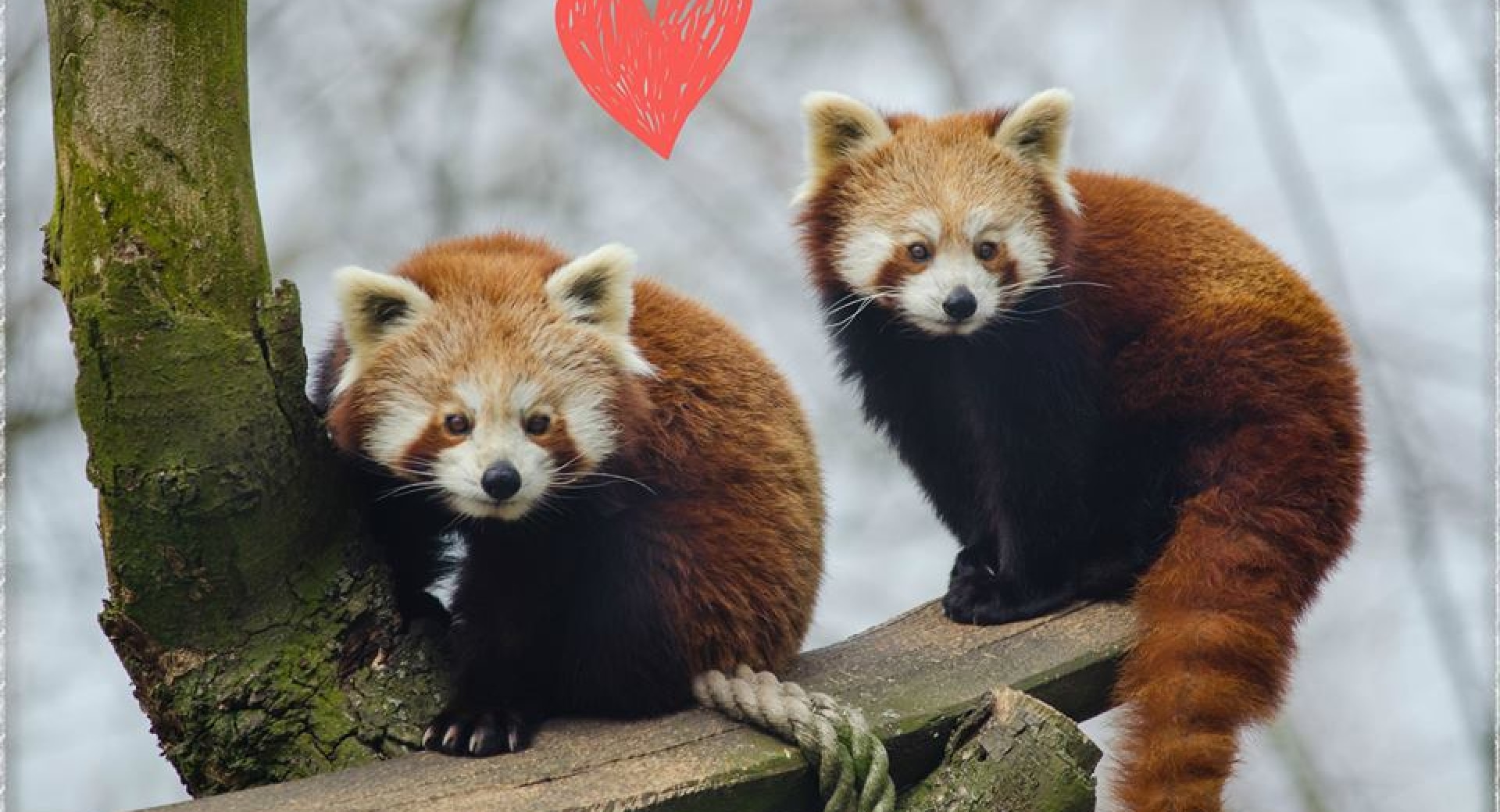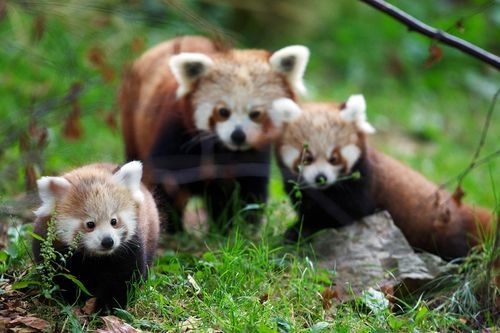
Every February, human beings bluff their way through a confusing, non-standardized pattern of mating behavior. Chocolates? Flowers? Champagne? A restaurant that’s intimate, yet trendy, yet not too popular, that won’t be crowded, while being affordable and yet not cheap… it’s enough to make you want to spend the day locked in your own bedroom with a value bag of Taco Bell, binge-watching Three’s Company and trying not to look at your phone.
What if there were a simpler way-everyone could know what was up, and no one had to guess what the right thing to do was or spend twenty minutes crowd-sourcing a response to a text that just reads “How are you?” (Let’s just say for example.) Something more in line with what red pandas do. Sensibly, red pandas are largely solitary animals except during mating season-they’re not hostile to each other, but it’s just easier to eat bamboo, sleep, and repeat without someone else telling you that they like the other bamboo better.
When mating season rolls around in the winter, red pandas will begin by scent-marking their surroundings-this is common behavior for males, but females only do it during mating season. It’s like getting on match.com, if you got on match.com by rubbing your hindquarters on a tree. Amorous pandas will also communicate with each other with chirps and tweets, especially when a male and female have scented each other but haven’t yet made contact. Once they pair off, the male will find a female to follow around, and in a move unlikely to be replicated in human behavior anytime soon, he will smell her droppings to determine whether or not she is receptive.
The female panda can also communicate her willingness to mate by flicking her tail and by, essentially, putting up with the male and participating in play. Pandas on the verge of, uh, making more pandas will often chase each other back and forth, followed by wrestling and tussling with one another, licking, biting, and occasionally scent-marking each other. (Ah, love.) After a while of this, the male will mount the female, and in the words of San Francisco Zoo red panda keeper Corri Osborne, “things go pretty fast after that.” I’ll draw a veil here, but bold red panda fans can find surprisingly cute videos of the process on YouTube. (It looks like they’re just playing, until it doesn’t.)
The male may stick around, in the broad sense of “not leaving a particular part of the red panda’s small and fragmented habitat,” but mother red pandas generally manage gestation, birth, and raising of young. The young will remain with the mother, becoming gradually more independent until the mother has her next litter-sorry, kids, but this species isn’t going to save itself! At about eighteen months, the next generation of pandas is single and ready to mingle.
Scent-marking aside, tell me this doesn’t make more sense than “getting coffee.”

